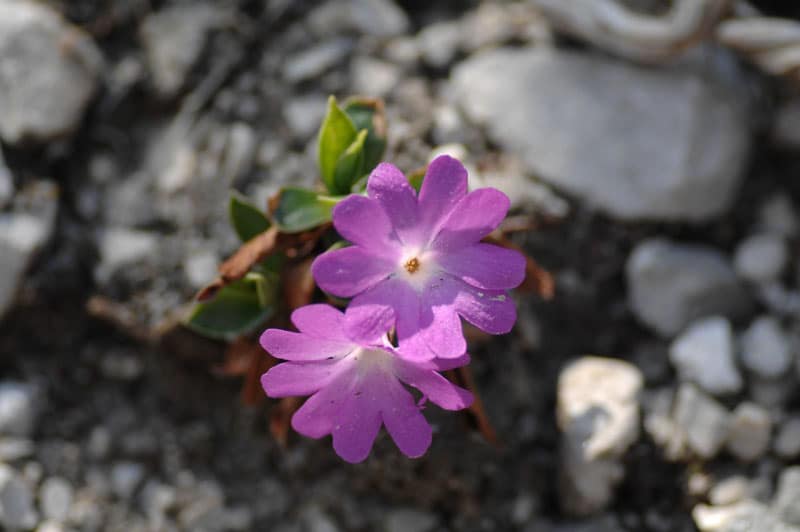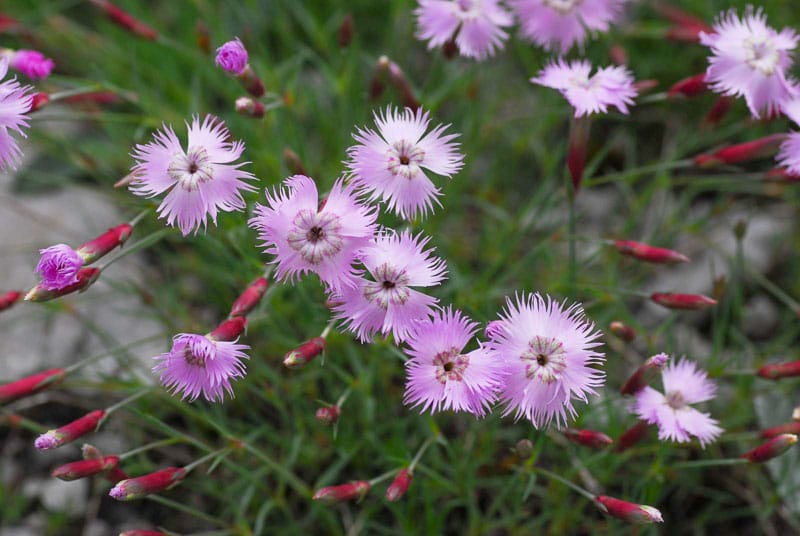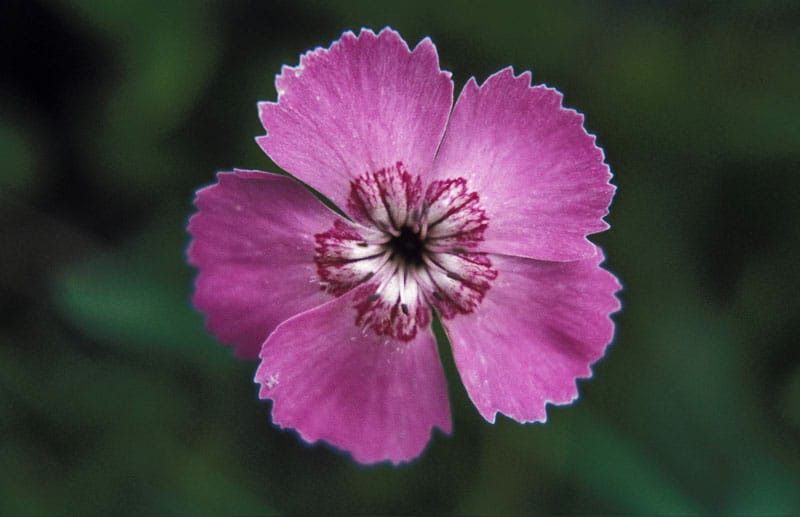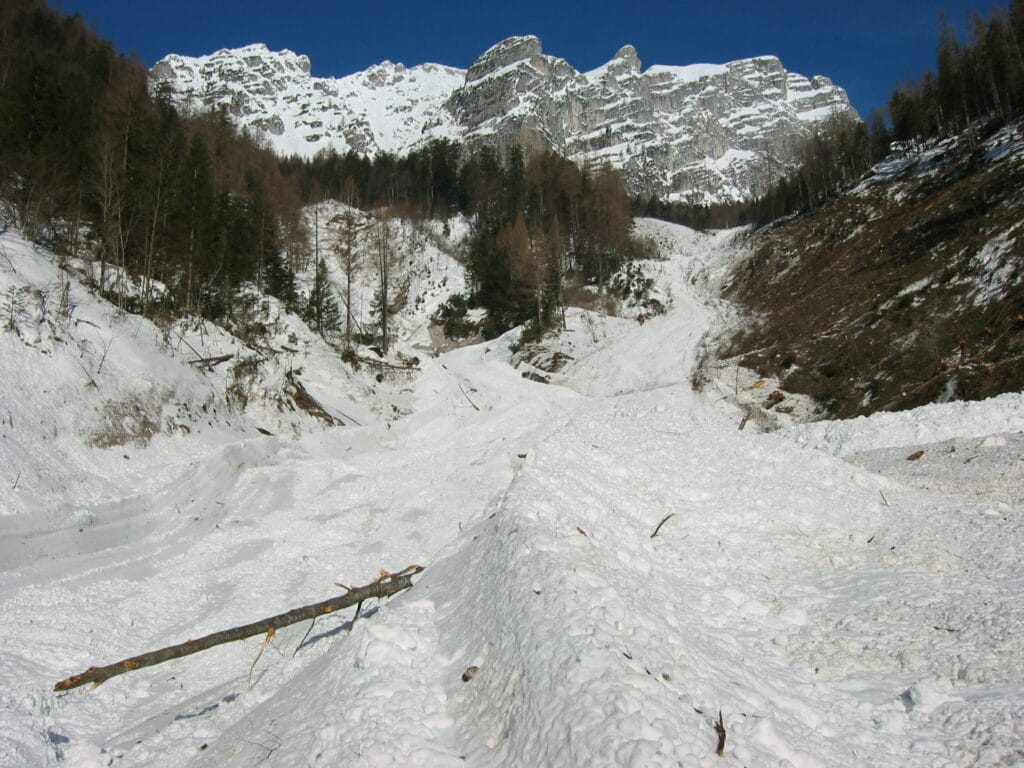The local heroes of biodiversity
The "local heroes" of biodiversity
Endemic species are considered gems of the flora and fauna in Gesäuse National Park. They are distributed in small-scale areas and survivors of the last glacial period. Most of the endemic plants found here are endemites which can not only be found in the national park but also in other areas of the north-eastern Limestone Alps. These include the alpine pink, the north-east alpine poppy, the Austrian bellflower and the Ennstal lady's mantle. The species with the smallest distribution area is the pretty feathered pink.
When talking about animals, there are several worth mentioning such as the northern giant-eye harvestman. Additionally, the Cylindrus obtusus, a snail, and the Arctaphaenops angulipennis ssp. Styriacus, a beetle which has been rediscovered in 2016 after 80 years of extinction, have to be referred to.
Leuctra astridae, a stonefly, is an example for an insect that has been discovered in the area without being documented anywhere before.
The Gesäuse National Park is the endemic hotspot in Austria with a current number of 195 endemic animal species and 30 endemic plant species. In other words, the place where endemics occur in the highest density!
However, the territory of the national park is not a safe haven for the endangered species as most of them are adapted to the cold and only occur at higher altitudes or in particularly rare locations such as caves or a ravine forests; habitats that are in danger due to global warming.
PROCESSES
Natural development
Mankind has the urge to dominate the unpredictable and supposedly messy by all means. However, the philosophy of the Gesäuse National Park is more about “letting-be” and not about intervening in natural processes.
Sometimes changing ones perspective is worth a try. Avalanches, wind falls or flooding are given space as they are not considered a catastrophe but rather a chance for new life.
Nature can develop freely on three quarters of the territory of Gesäuse National Park:
- Forests grow old, die and regrow.
- Rivers burst their banks, reshape and recreate their surroundings.
- Avalanches create structure, diversity and new habitats.
The task of the Gesäuse National Park in this process is to let natural processes take their course, to explore and document them in order to better understand them.
FURTHER INFORMATIONS
An oasis for insects
An oasis for insects
The Gesäuse National Park is characterised by a large number of different habitats such as forest, water, rock and alpine pastures, which leads to a high level of biodiversity, especially among insects.
Take butterflies, for example: The diversity of the habitats and their largely natural state lead to the unique abundance of butterflies and moths in the area. So far, more than 1,230 butterfly species have been documented in the Gesäuse. Included are several particularly attractive but endangered and throughout all of Europe protected insects such as the marsh fritillary, the woodland brown, the large blue and the jersey tiger.
Forests are the habitat of numerous insects such as beetles which are specialized in dead wood. Saproxylic beetles need dead and decaying wood at some point during their life cycles and are an indicator for natural woods. Among them are insects of the longicorn and bark-gnawing beetle family as their larvae develop in dead wood and feed on cellulose.
Another habitat with a high biodiversity is the alpine pasture. Analysis of bugs, cicadas, spiders and grasshoppers living there revealed a high diversity of endangered species. As the alpine meadows of the Gesäuse National Park are managed in an extensive, nature conservation-friendly way, these insects are given a chance to survive here.
In general, Gesäuse National Park is a safe haven for insects and, contrary to the general trend, has not recorded a decline in insect species.





















